Archives
now browsing by author
Experimentation & Discovery in Media Arts
Experimentation & Discovery in Media Arts
Robin Brewer
The art curriculum at Garnet Valley is inspired by the postmodern principles and principles of possibility as written by Olivia Gude (2004 and 2007). In her article, Principles of Possibility: Considerations for a 21st Century Art & Culture Curriculum, Gude says of her principle, Playing, “Students of all ages need opportunities to creatively “mess around” with various media…” The corresponding Garnet Valley principle, Experimentation & Discovery, states, “Artists immerse themselves in the process of experimentation and discover empowered experiences to create their visual voice.” I approach my media arts lessons from this angle and as part of a choice-based classroom.
What are Media Arts?
In 2014, the national arts standards were rewritten. At that time a fifth area, Media Arts, was added to the original four (Visual Arts, Music, Dance, and Theater). Media Arts encompass photography, film/video, audio, motion graphics, and interactive media. At Garnet Valley, some media arts courses are in the Technology Education department, and some are in our Art department. I teach Photography (analog and digital), Filmmaking, and Animation. Another teacher in our department teaches a course called Digital Media & Graphic Design utilizing mainly Photoshop and Illustrator.
At a time when students spend so much time already with technology, how do I get them to look at their devices and other technology in a fresh way? Students naturally “play” on their phones with filters and apps. Instagram filters are easy because the work is done for them. This type of playing only scratches the surface. In my photography class, we use the cameras on their cell phones for intro lessons on composition, but I find they are more “playful” when something completely new is introduced. An early unit in my introductory level photography class is pinhole cameras. Through experimentation, students gain a better understanding of the workings of a camera. They make adjustments to pinhole size (aperture) and exposure time (shutter speed) and they troubleshoot light leaks. Throughout their experimentations, students discover a new way to create an image. It is completely unlike their phone camera and Instagram. And it is not instant. Student take multiple failed or partially failed images before they get “the one”.
Another unit in my photography class entails building a portfolio of experimental darkroom images. They try each of the processes (hand-color fiber images, photograms, double exposures, layered negatives, layered textures, and long-exposures). They are encouraged to break rules and experiment even further. At the end of the unit, they reflect on all the different experimentation they did, then choose one process to explore further. This final piece is their culminating artwork and the early experimentations are their “research” gained through play. I use this experimental portfolio and final choice work as the growth requirement on my SLO.
I take a similar approach with my film class. We spend the first two weeks of the semester making short videos as they play with different cameras, mics, lights, tripods, animation programs, and editing software. Once comfortable with the equipment and materials available to them, they propose two films that they want to make using their choice of content, genre and film type (live action, stop-motion, computer animation).
I have not always taught this way, but after forming units around postmodern principles like Experimentation & Discovery, I’ve found that students are more invested in their learning when they are given the freedom to try the materials and equipment without judgement before beginning more critical works.
I would encourage everyone to look for a lesson where the end result seems a bit stiff and consider what you can do before that lesson to give students more time to play with the materials on their own terms.




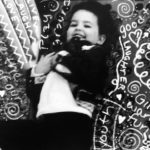
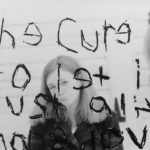
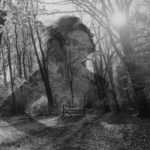
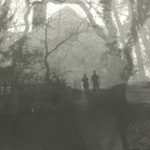
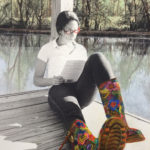

 D5 Creation
D5 Creation